Introduction
Roof damage, whether from storms, hail, or wear and tear, is an inevitable aspect of homeownership. While insurance is designed to alleviate the financial burden of repairs or replacements, the claims process can be intricate and daunting. Familiarizing yourself with the steps involved can demystify the experience and help you advocate effectively for your home’s needs.
Understanding Your Policy
Before initiating a claim, it’s crucial to comprehend the specifics of your homeowner’s insurance policy. Policies vary, but key elements to review include:
- Coverage Limits: Determine the maximum amount your policy will pay for roof repairs or replacements.
- Deductibles: Understand the out-of-pocket amount you’re responsible for before insurance coverage kicks in.
- Exclusions: Identify any conditions or types of damage not covered, such as neglect or certain natural disasters.
- Depreciation Clauses: Some policies factor in depreciation, reducing the payout based on the roof’s age and condition.
Consulting with your insurance agent can clarify these aspects and set realistic expectations for the claims process.
Initial Assessment and Documentation
Upon noticing damage:
- Document the Damage: Take clear photographs of all affected areas, both exterior and interior, to provide visual evidence.
- Prevent Further Damage: Implement temporary fixes, like tarping, to mitigate additional issues. Keep receipts for any materials or services used.
- Contact a Professional: Engage a reputable roofing contractor to conduct a thorough inspection and provide a detailed report.
Having comprehensive documentation supports your claim and expedites the evaluation process.
Filing the Insurance Claim
To initiate the claim:
- Notify Your Insurer Promptly: Timely reporting is often stipulated in policies and can influence claim approval.
- Submit Required Documentation: Provide all necessary forms, inspection reports, photographs, and receipts.
- Schedule an Adjuster’s Visit: The insurance company will assign an adjuster to assess the damage and determine coverage.
Maintaining open communication with your insurer ensures transparency and keeps the process moving forward.
Working with Roofing Professionals
Selecting a qualified roofing contractor is pivotal:
- Experience with Insurance Claims: Choose professionals familiar with the claims process to assist in negotiations and ensure compliance with policy requirements.
- Detailed Estimates: Obtain comprehensive quotes outlining materials, labor, timelines, and costs.
- Licensing and Insurance: Verify that the contractor holds necessary licenses and carries liability insurance.
A trustworthy contractor not only performs quality work but also serves as an advocate during the claims process.
Navigating the Adjustment Process
During the adjuster’s evaluation:
- Be Present: Your presence allows you to provide context and ensure all damage is noted.
- Share Contractor’s Report: Present the professional assessment to support your claim.
- Ask Questions: Seek clarification on the adjuster’s findings and how they align with your policy.
Engaging proactively can influence the outcome and ensure a fair assessment.
Receiving the Settlement
Post-assessment:
- Review the Offer: Ensure the proposed settlement covers necessary repairs or replacements as outlined in the contractor’s estimate.
- Negotiate if Needed: If discrepancies exist, discuss them with your insurer, providing additional documentation as required.
- Understand Payment Structure: Settlements may be disbursed in stages, with final payments upon project completion and inspection.
Clear understanding and communication prevent misunderstandings and facilitate timely project execution.
Completing the Repairs
With funds secured:
- Schedule the Work: Coordinate with your contractor to commence repairs or replacement.
- Monitor Progress: Stay informed about the project’s status and address any concerns promptly.
- Final Inspection: Upon completion, inspect the work to ensure it meets agreed-upon standards before releasing final payments.
Diligent oversight ensures the integrity and longevity of your new roof.
Preventative Measures and Maintenance
To minimize future issues:
- Regular Inspections: Schedule periodic evaluations, especially after severe weather events.
- Prompt Repairs: Address minor issues swiftly to prevent escalation.
- Maintain Records: Keep detailed records of maintenance and repairs to support any future claims.
Proactive care extends your roof’s lifespan and safeguards your investment.
Conclusion
Navigating roof insurance claims requires a blend of knowledge, organization, and proactive engagement. By understanding your policy, documenting damage meticulously, collaborating with experienced professionals, and maintaining open communication with your insurer, you can streamline the process and restore your home’s integrity efficiently.
https://www.fema.gov
For more information or assistance with your roofing needs, please contact us at:
https://samsroofs.com


